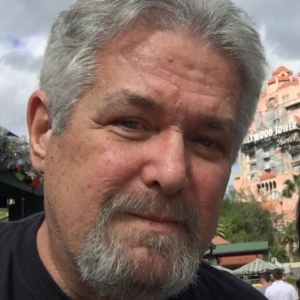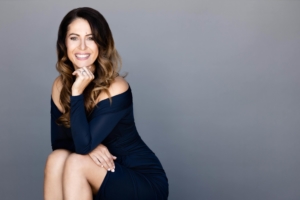Are Your Employees Assets OR simply Tools from a Toolbox?
In this, the second installment in our series on learning and education, our founder and managing member Ron Slee asks a fundamental question: Are Your Employees Assets OR simply Tools from a Toolbox? Your answer determines how you approach the education of your team members.
One of the common issues that I have had to deal with since I first arrived in this industry is the cost of payroll. Payroll has traditionally been measured as a percentage of sales. We have a payroll of $1,000,000 and Sales of $10,000,000 so we have an expense sales ratio of 10%. I have always believed that is the improper way to be looking at your employees. I believe that your employees are in almost all cases revenue generators The employees are also the ones who develop the relationship with your customers that improves customer retention and satisfaction.
One thing that I have found quite interesting over the years, when talking with very smart, experienced people, executives in charge of parts and service is how they have viewed employees. Several of them have expressed surprise when we discuss head counts. One Executive Vice president of a large major brand equipment manufacturer told me that every time he hired a new employee for his parts business the sales revenue for parts increased. He expressed how surprised he was. My answer? Keep on hiring at the rate at which your business can absorb new employees until the sales do not go up.
Many of you are aware that I use a sales per employee metric that is based on three variables; the gross profit of parts, the compensation package for the parts department, and the average unit price for the parts sold. From this you can arrive at a specific standards dollar value for a parts department employee. Let’s use $750,000/parts person, excluding the management. We use that measure over a rolling twelve-month time period. I use a bracket around that standard, 80% as a floor and 120% as a ceiling. When we have three consecutive months below the 80% of standard level, we have to reduce the number of employees. When we have three consecutive months above 120% of the standard level, we have to increase the number of employees.
Is there anything wrong with that approach?
The same thing is true with technicians as well as the teams that sell equipment, parts and service or rentals. There are dollar standards for all of these job functions. That is also true about the administrative job functions.
I still find it interesting how many of the leaders of businesses in most capital goods industries look at a high sales per employee as a positive thing, and I understand that very well. However, we can easily be misled with that approach. Nothing is ever that simple, is it?
Yes, a high sales per employee number provides higher levels of profitability for the business. That is clearly one of the metrics that owners are concerned with for their business. However, there are other factors that cannot be overlooked.
Over the past 50 years market share has decreased. For parts and service, it has gone down by over 50%. Is there a correlation that we should be concerned about here? I think so.
Looking back at the past forty years we have had a relatively stable situation with interest rates and inflation. We all became accustomed to the way we needed to operate the business. Of course, there some variations but they, for the most part they have been of a short duration. Then the pandemic hit and we were forced to adapt how the business operated.
From January 2020 as a starting point until the end of June 2022 both employees and employers were forced to rethink a lot of things. Office spacing, masks, vaccines, working from home and many other adjustments were made. Education had a very serious change forced upon it. Virtual learning became commonplace. The teachers and schools, the School Boards and Teachers Unions all were forced into serious changes. Caroline taught from home for over a year. The results determined from surveys of scores and grades are not very good. The learners in K-12 have lost in some states as much as a year in their learning results. As a society we will be paying a price for that loss of learning for decades.
Today as the employees and employers reevaluate their work and operating methods, we are noticing big, significant changes. In many cases positive ones. These changes would have taken place naturally anyway at some point. However, the changes this time were compressed over a very short period of time.
Now we are confronted with the question in the headline at the top of this blog. Do you view your employees as tools from a toolbox that you can deploy to satisfy a job function need OR are they assets that drive your business?
I think you know where I stand on that question. What about you?
The Time is Now.





